The Courtship Novel, 1740-1820: A Feminized Genre
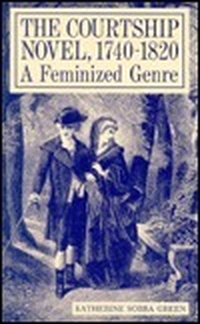
Summary
The period from her first London assembly to her wedding day was the narrow span of autonomy for a middle-class Englishwoman in the eighteenth and early nineteenth centuries. For many women, as Katherine Sobba Green shows, the new ideal of companionate marriage involved such thoroughgoing revisions in self-perception that a new literary form was needed to represent their altered roles.
That the choice among suitors ideally depended on love and should not be decided on any other grounds was a principal theme among a group of heroine-centered novels published between 1740 and 1820. During these decades, some two dozen writers, most of them women, published such courtship novels. Specifically aiming them at young women readers, these novelists took as their common purpose the disruption of established ideas about how dutiful daughters and prudent young women should comport themselves during courtship. Reading a wide range of primary texts, Green argues that the courtship novel was a feminized genre―written about, by, and for women.
She challenges contemporary readers to appreciate the subtleties of early feminism in novels by Eliza Haywood, Mary Collyer, Charlotte Lennox, Samuel Richardson, Frances Brooke, Fanny Burney, Mary Wollstonecraft, Jane West, Mary Brunton, Maria Edgeworth, and Jane Austen―to recognize that these courtship novelists held in common a desire to reimagine the subject positions through which women understood themselves.
Similar Books
-
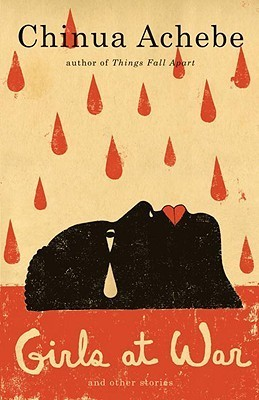 Girls at War and Other Stories
Girls at War and Other Storiesby Chinua Achebe
-
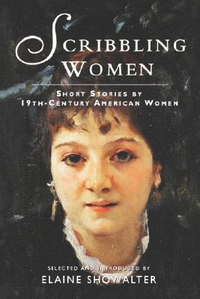 Scribbling Women: Short Stories by 19th-Century American Women
Scribbling Women: Short Stories by 19th-Century American Womenby Elaine Showalter
-
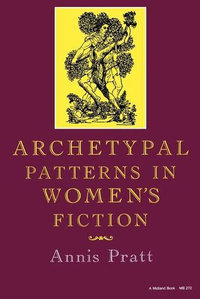 Archetypal Patterns in Women's Fiction
Archetypal Patterns in Women's Fictionby Annis Pratt
-
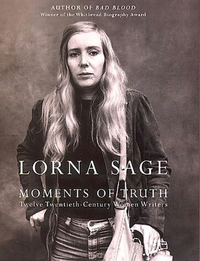 Moments of Truth: Twelve Twentieth-Century Women Writers
Moments of Truth: Twelve Twentieth-Century Women Writersby Lorna Sage
-
 Fresh Men 2: New Voices in Gay Fiction (Fresh Men)
Fresh Men 2: New Voices in Gay Fiction (Fresh Men)by Donald Weise
-
 Frankenstein's Daughters: Women Writing Science Fiction
Frankenstein's Daughters: Women Writing Science Fictionby Utopian and Science Fiction by Women Jane L. Donawerth
-
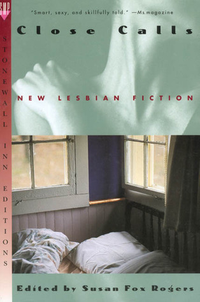 Close Calls: New Lesbian Fiction
Close Calls: New Lesbian Fictionby Susan Fox Rogers
-
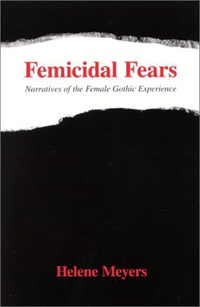 Femicidal Fears: Narratives of the Female Gothic Experience
Femicidal Fears: Narratives of the Female Gothic Experienceby Helene Meyers
-
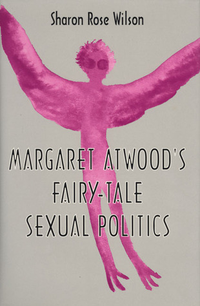 Margaret Atwood's Fairy-Tale Sexual Politics
Margaret Atwood's Fairy-Tale Sexual Politicsby Sharon Rose Wilson
-
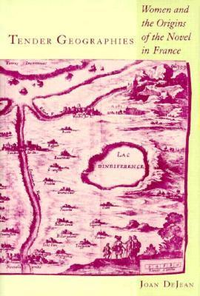
-
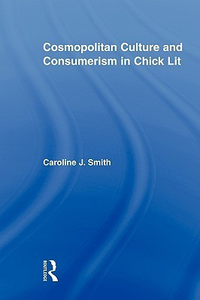 Cosmopolitan Culture and Consumerism in Chick Lit
Cosmopolitan Culture and Consumerism in Chick Litby Caroline J. Smith
-
 Utopian and Science Fiction by Women: Worlds of Difference
Utopian and Science Fiction by Women: Worlds of Differenceby Jane L. Donawerth
-
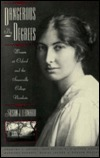 Dangerous by Degrees: Women at Oxford and the Somerville College Novelists
Dangerous by Degrees: Women at Oxford and the Somerville College Novelistsby Susan J. Leonardi
-
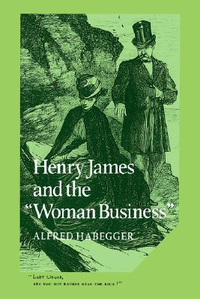 Henry James and the 'Woman Business'
Henry James and the 'Woman Business'by Alfred Habegger
-
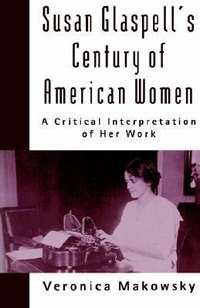 Susan Glaspell's Century of American Women: A Critical Interpretation of Her Work
Susan Glaspell's Century of American Women: A Critical Interpretation of Her Workby Veronica Makowsky
-
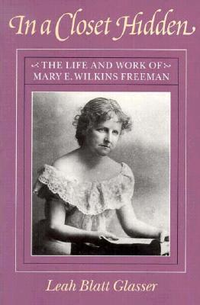 In a Closet Hidden
In a Closet Hiddenby Leah Blatt Glasser
-
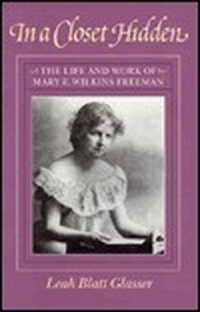 In a Closet Hidden: The Life and Work of Mary E. Wilkins Freeman
In a Closet Hidden: The Life and Work of Mary E. Wilkins Freemanby Leah Blatt Glasser
-
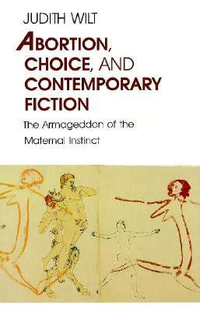
-
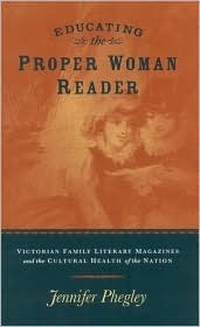
-
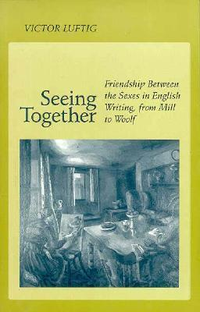
-
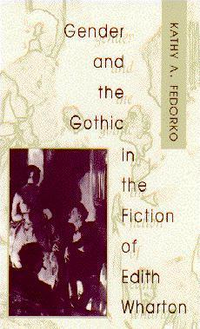 Gender and the Gothic in the Fiction of Edith Wharton
Gender and the Gothic in the Fiction of Edith Whartonby Kathy A. Fedorko
-
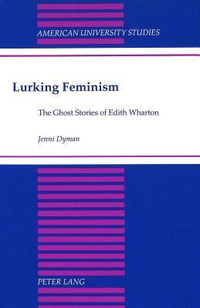 Lurking Feminism: The Ghost Stories of Edith Wharton
Lurking Feminism: The Ghost Stories of Edith Whartonby Jenni Dyman
-
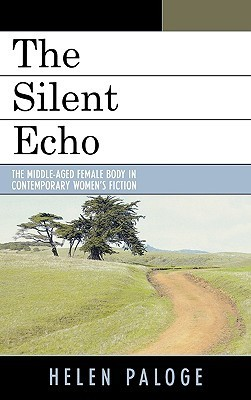
-
 The Senegalese Novel by Women: Through Their Own Eyes
The Senegalese Novel by Women: Through Their Own Eyesby Susan Stringer O'Keeffe
-
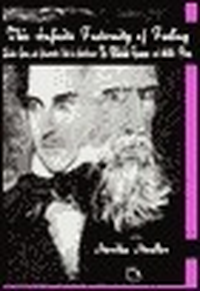
-
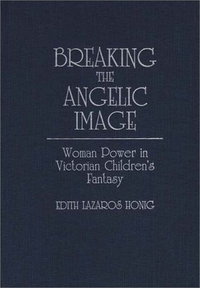 Breaking the Angelic Image: Woman Power in Victorian Children's Fantasy
Breaking the Angelic Image: Woman Power in Victorian Children's Fantasyby Edith Lazaros Honig
-
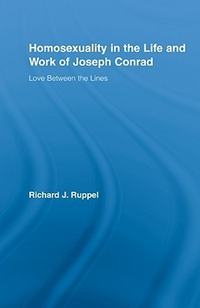 Homosexuality in the Life and Work of Joseph Conrad: Love Between the Lines
Homosexuality in the Life and Work of Joseph Conrad: Love Between the Linesby Richard J. Ruppel
-
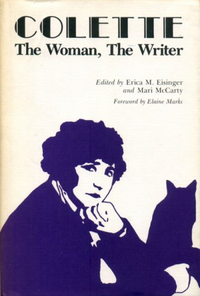 Colette: The Woman, the Writer
Colette: The Woman, the Writerby Eisinger
-
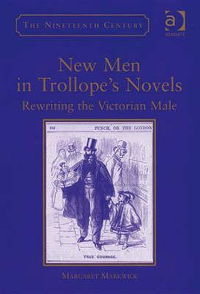 New Men in Trollope's Novels: Rewriting the Victorian Male
New Men in Trollope's Novels: Rewriting the Victorian Maleby Margaret Markwick